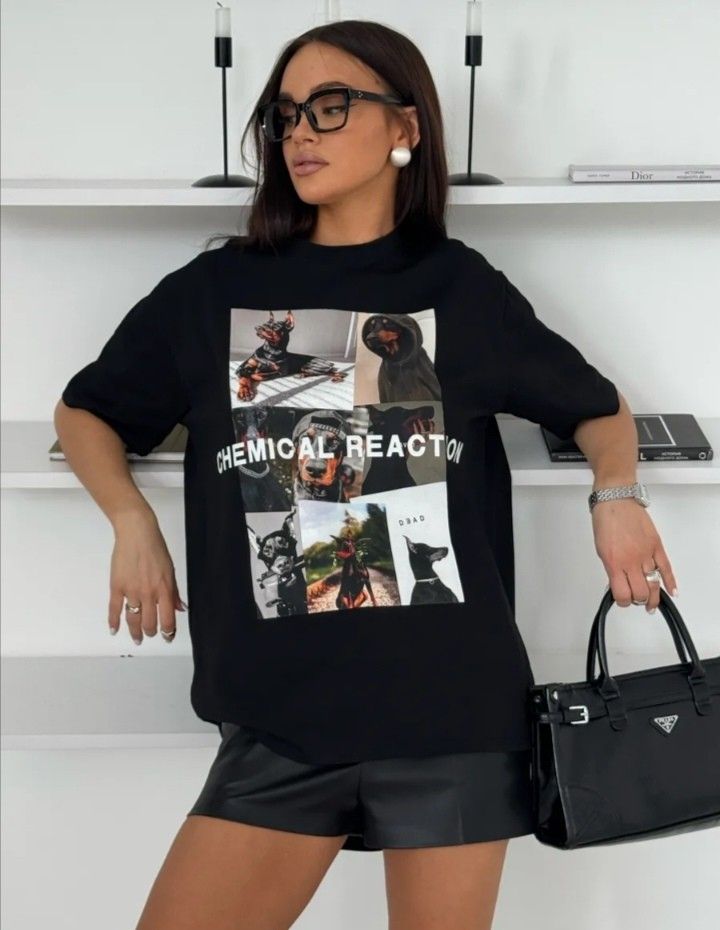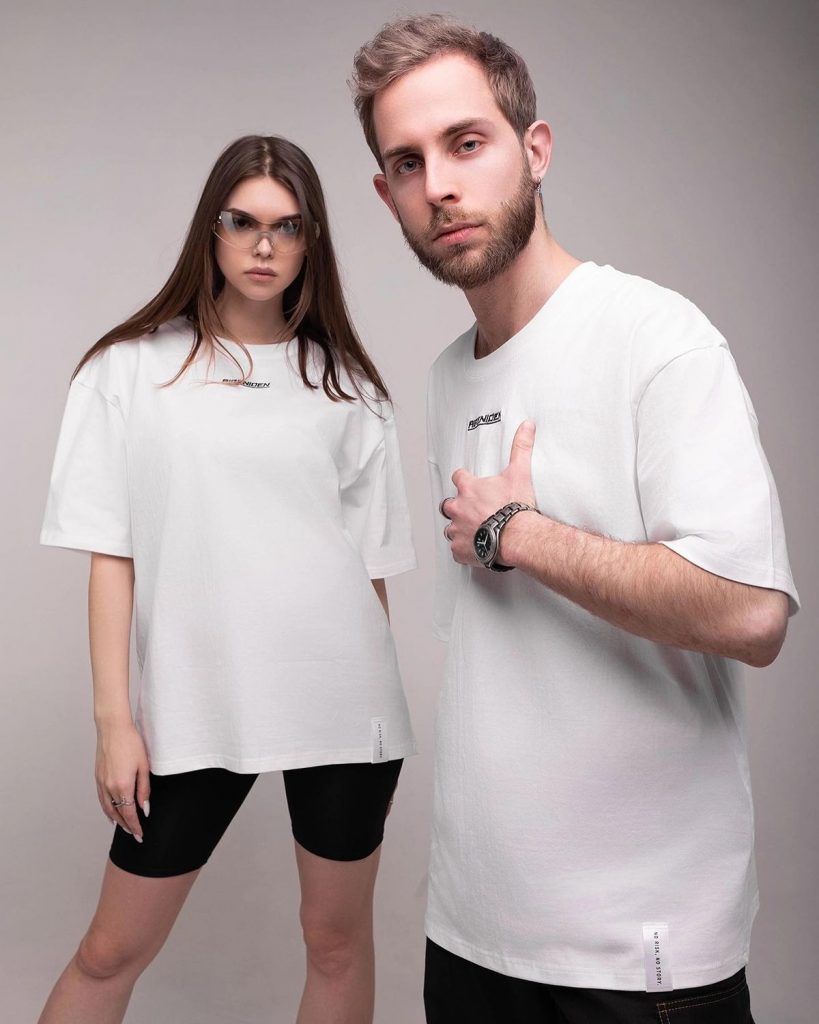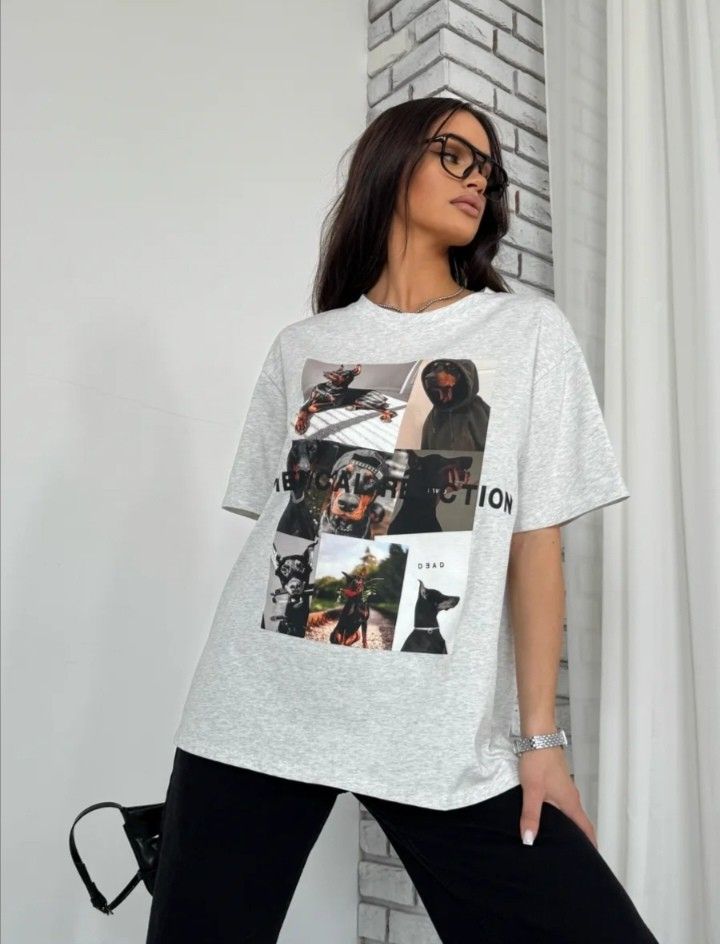Meta Description:
Explore how Gen Z and Gen Alpha are merging digital innovation with personal expression. From AI-driven outfits to smart textiles, discover how technology is redefining teenage fashion in 2025.
Introduction
In 2025, fashion doesn’t just live in closets — it breathes in algorithms, pulses through smart fabrics, and glows under augmented lights. The youth generation, forever connected, is redefining the meaning of personal style by syncing it with technology. This new aesthetic is bold, experimental, and entirely digital at heart.
From AI-styled wardrobes to clothing that reacts to movement, fashion for teens has evolved into a new hybrid — one that merges creativity with code. “Style Sync: Where Technology Meets Teen Aesthetics in 2025” explores how young trendsetters are transforming innovation into identity, crafting looks that exist both online and offline.
In a world where every outfit can be tracked, tagged, and transformed, fashion has officially entered the next dimension — and it’s being led by the youth.
Digital Identity and the Rise of Smart Fashion
Fashion has always been a form of self-expression, but in 2025, that expression is intelligent. Teenagers are no longer satisfied with passive clothing — they want garments that respond, adapt, and communicate.
Smart fabrics now regulate temperature, track wellness, and even shift color depending on mood or environment. AI algorithms suggest outfits that fit both weather forecasts and personal aesthetics. What once existed as a dream of futurists has now become part of everyday wardrobes.
For young people, technology isn’t an accessory — it’s an extension of self. Their style mirrors the seamless integration of life online and offline, blending fashion with function in ways that feel effortless and intuitive.
The Influence of Virtual Fashion
Before 2025, digital clothing seemed like a gimmick. Now, it’s an essential part of the teenage fashion landscape. Avatars dress in limited-edition collections on Roblox, Fortnite, and MetaVerse platforms. Luxury brands have begun releasing digital capsules that exist only online, turning virtual ownership into a new kind of status symbol.
Teens are redefining what “real” means. To them, a digital outfit is just as valid as a physical one — maybe even more so, because it can change, morph, or glow in ways real-world fabrics never could.
Social media has become the runway, and your digital self is now your first impression. Fashion is no longer confined to fabric — it’s a file, a projection, an evolving statement.
AI Stylists and Personalized Expression
Gone are the days of guessing what to wear. AI-powered style assistants are changing how teens approach dressing. They analyze individual preferences, scan social media trends, and create looks that match personality, mood, and event type.
Apps powered by machine learning are acting as personal stylists in every smartphone. They learn what users love, suggest sustainable alternatives, and even predict upcoming style shifts before they go viral.
But beyond the algorithms lies something deeper: the fusion of individuality with digital creativity. These young consumers aren’t letting tech dictate their identity — they’re using it to amplify their uniqueness.
Sustainable Innovation and Conscious Creation
The tech-fashion intersection isn’t only about aesthetics — it’s about accountability. Teens are increasingly aware of fashion’s environmental cost, and technology is offering solutions.
3D printing reduces waste, on-demand manufacturing eliminates overproduction, and blockchain ensures transparent sourcing. Apps now let shoppers trace garments from creation to delivery, guaranteeing ethical production at every stage.
Sustainability has become more than a buzzword — it’s part of the aesthetic. Clean lines, modular designs, and multi-functional pieces reflect a generation that values both innovation and integrity.
Wearable Tech as Lifestyle
Smartwatches and fitness trackers were just the beginning. In 2025, wearables have evolved into stylish companions that merge beauty with function. Teens are embracing clothing that syncs with their digital lives — jackets that charge devices, sneakers that track posture, or tops that monitor heartbeat through light-sensitive fibers.
These innovations don’t just serve purpose; they elevate personality. A color-changing hoodie can express emotion. A light-embedded bracelet can sync to a playlist. The line between fashion and gadget is dissolving — and teens love it.
The Metaverse as the New Mall
In the past, malls were social hubs for youth culture. In 2025, that space has shifted online. The Metaverse is now where teens explore, experiment, and express themselves.
Virtual boutiques allow users to try on digital outfits before purchasing real ones. AR mirrors project clothing onto the body with precision, blending convenience with creativity. Shopping has become an immersive experience — part game, part identity-building journey.
The new mall isn’t about consumption; it’s about participation. Every digital visit, every interaction becomes a layer in how teens build their style universe.



